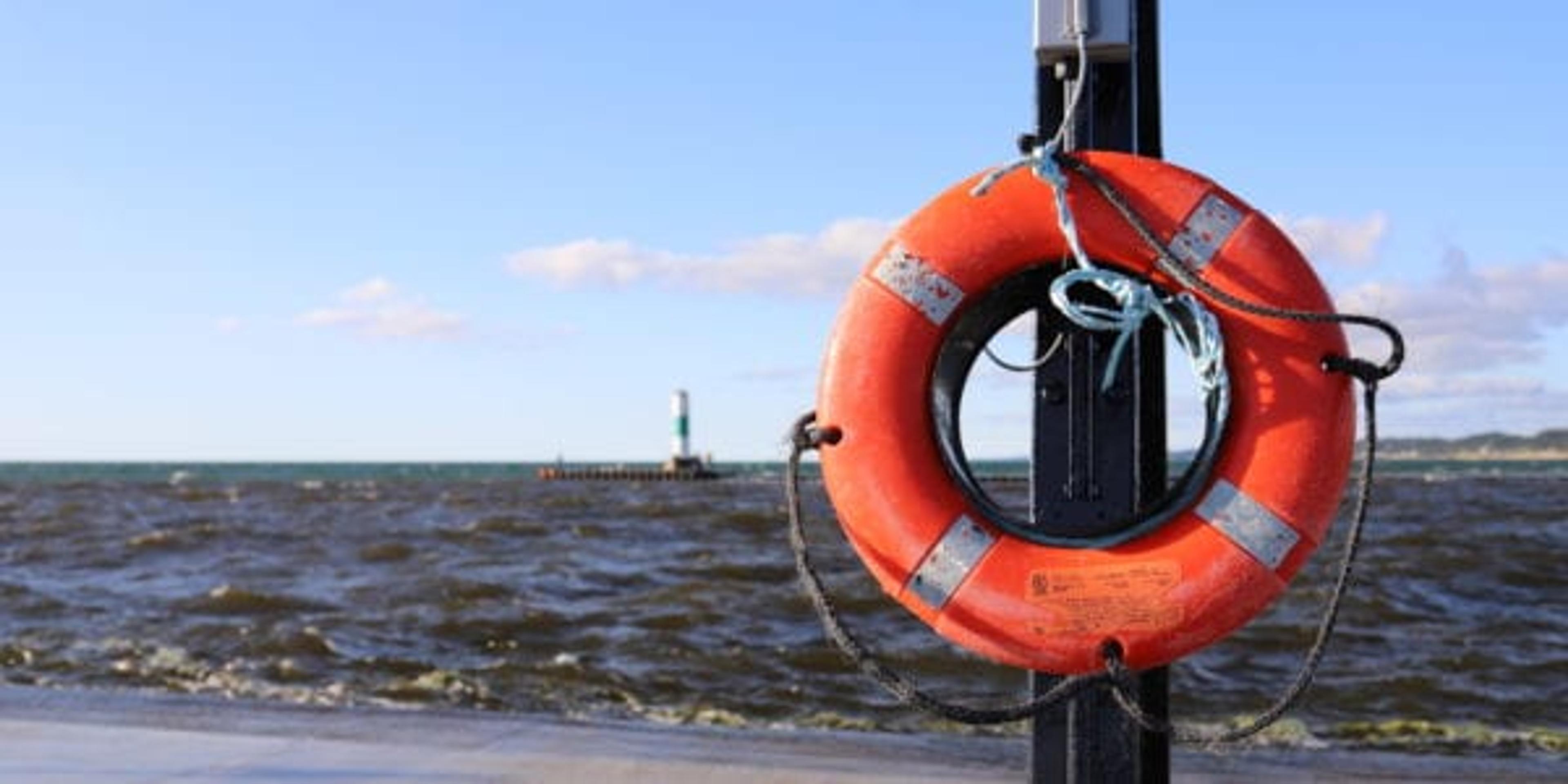Great Lakes Beach Safety: What to Know Before You Go
Shandra Martinez
| 3 min read

More than anything else, the expanse of the Great Lakes defines Michigan. The glacier-carved outlines of four of these five lakes – Michigan, Huron, Superior and Erie – border our state. Their shores create the shape that earned Michigan its “Mitten State” moniker. But the Great Lakes are not tame inland waterways. Because of their depth, wave action and massive size, they really behave more like inland seas. This means Great Lakes beach safety is important to keep in mind, with several things to know before you head out for a day of wading, swimming or just shoreline strolling.
The biggest factor in Great Lakes beach safety is respecting the power of these big lakes. Together, they hold more than 20% of the world’s fresh water. The Michigan Department of Natural Resources, which oversees 42 state parks that offer access to stretches of Great Lakes shoreline, works to educate people about the lakes’ incredible power, and how to stay safe while enjoying them.
Boating and swimming are the most popular ways to enjoy the Great Lakes each summer. But towering waves and strong currents can make for dangerous or even deadly situations if you are not prepared. In 2020, 108 people died in the Great Lakes. Lake Michigan was the most dangerous by far, with 56 deaths, according to the Great Lakes Surf Project, a nonprofit that tracks these statistics and works to improve water safety.
Here are some beach basics to help keep you and your family safe during your next trip.
Use the flag system. Many of Michigan’s waterfront state parks have designated swimming areas. Buoys and markers typically outline these areas. In addition, these parks use a three-color beach flag warning system. Check the color of the flag that’s flying before you enter the water, and monitor it during your trip, too, as it may switch as water conditions change. Here’s what the flags mean, according to the DNR:
- Green: You can enter the water, but be aware of changing conditions.
- Yellow: Caution. Watch for high waves and dangerous currents.
- Red: Don’t enter the water. It’s too dangerous to swim.
Supervision is vital. The colored flag system is a guide and warns of changing conditions. No flag system can replace adult supervision. If you are an adult, don’t swim alone. Children should never be left unattended, even when conditions are calm. Even small waves can knock children down in the water, leaving them unable to get back to shore. Sudden drop-offs can mean they lose their footing. Young children and anyone who is not a strong swimmer should wear a life jacket while in the water. The state’s Great Lakes beaches do not have lifeguards, so any emergency situation will require a 911 call.
Rip currents. There are different types of currents in the Great Lakes. Rip currents are among the most dangerous. They form when waves break over a sandbar near the shoreline, then pressure builds up, creating a thin but powerful stream of water and sand that can pull swimmers away from the shore. If you are caught in a rip current, don’t panic and don’t fight it. Follow the rule of Flip, Float and Follow. If you are with small children, have them practice the FFF moves each time they arrive at the beach, so they can keep themselves safe.
- Flip: Just flip over onto your back and float.
- Float: Focus on keeping your head above water and breathe normally.
- Follow: Once the current releases you, swim parallel to the shoreline until you find a spot where you can easily swim back to the shore.
Related:
Photo credit: Getty Images





